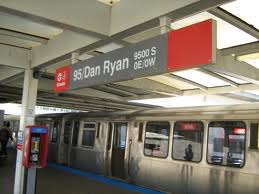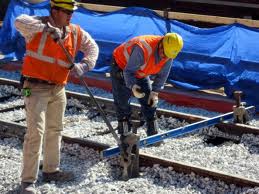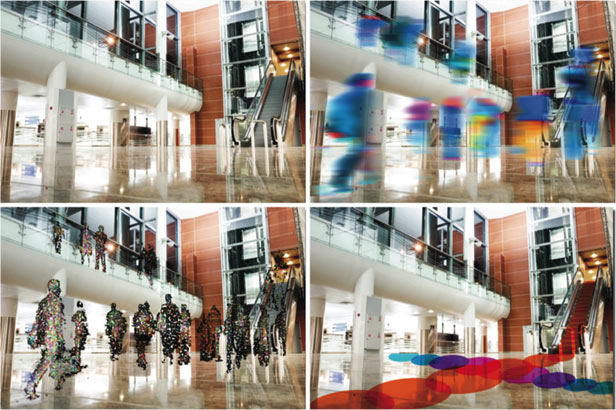In the recent months, commodity prices have soared to record highs, with the sharpest increase being in the price of beef. The reason for this increase is partially due to last summer’s drought, but it is much higher than most analysts predicted. This has begun to affect the profits of large restaurant chains such as Burger King, Wendys, and most importantly McDonalds.
 In early May, McDonalds announces that it would remove its Angus Third Pounders from their menu. The company said the removal of this burger was done to make room for other food options, but most experts agree that the profit margins are too low for beef items like these to remain profitable.
In early May, McDonalds announces that it would remove its Angus Third Pounders from their menu. The company said the removal of this burger was done to make room for other food options, but most experts agree that the profit margins are too low for beef items like these to remain profitable.
This has resulted in McDonalds and other restaurant chains to begin to retool their supply chain to put a heavier emphasis on chicken products, which is more profitable than beef. McDonalds has already begun to roll out new items such as the premium chicken wraps. This will definitely be more costly in the short run, but with rising prices, and more health-conscious consumers, it is a good long-term strategy.
With obesity at all time highs, and consumers becoming more health-conscious, this rise in beef prices could not come at a better time. Chicken is much healthier that beef, having significantly less calories and fat. With chicken prices being low, this could benefit both the restaurants and the consumer.
This situation can be compared to gas prices hitting an all time high in 2008. Once prices hit the high, there was a sudden demand for more fuel-efficient vehicles, planes, trains, etc. They use less fuel, are much more efficient, and produce significantly less emissions that harm our environment. Similar to beef prices, consumers had no reason to switch to the better option until it became cost-effective.
In any industries of this size, change has to be gradual. Switching from beef to chicken is easy for consumers. On the contrary, in order to fulfill demand, restaurants like McDonalds have to completely re-tool their supply-chain. Farms need to change their facilities to accommodate more chickens, processing plants need to change all their machinery, and restaurants need to change how they cook and prepare the final product.
I personally believe that this will benefit both the profit-minded producer, along with the health-conscious consumer. The fast food world is changing, and these companies know that innovation is essential to adapt to the changing taste buds of consumers.
What is your eating preference at these fast food chains? Do you think this rise in commodity prices is a good thing? Have you become more health-conscious?
http://www.nbcnews.com/business/wheres-beef-mcdonalds-dropping-angus-burgers-us-menu-1C9864163




 Once this project gets finished, the benefits will show. With the new track system, the South Side Red Line Branch will be able to increase speeds from 15 mph to 55 mph, make a downtown commute to 95th/Dan Ryan 20 minutes shorter, and make the Red Line in general have a much smoother commute as well. This process can clearly create efficiency for the Red Line as well as the other CTA trains.
Once this project gets finished, the benefits will show. With the new track system, the South Side Red Line Branch will be able to increase speeds from 15 mph to 55 mph, make a downtown commute to 95th/Dan Ryan 20 minutes shorter, and make the Red Line in general have a much smoother commute as well. This process can clearly create efficiency for the Red Line as well as the other CTA trains.

 The merge initially has many benefits, but over time there are very important executive decisions to make in order to optimize all dimensions of a quality service. One benefit is that combined they will operate in over 500 cities in the United States. They also decided to keep all 650 full-time employees. The former CEO of GrubHub Matt Maloney will remain CEO while the former CEO of Seamless Jonathan Zabusky will be president.
The merge initially has many benefits, but over time there are very important executive decisions to make in order to optimize all dimensions of a quality service. One benefit is that combined they will operate in over 500 cities in the United States. They also decided to keep all 650 full-time employees. The former CEO of GrubHub Matt Maloney will remain CEO while the former CEO of Seamless Jonathan Zabusky will be president.  Many of you have probably heard about a company called Foxconn, they do the manufacturing for various products, such as the Iphone and Xbox. They have been running into a problem recently, and that is achieving profitability for the company. In 2010 there was a huge outbreak of suicides at their Chinese plant, because of horrible working and living conditions.This prompted the company to give employees a raise increase to $325 per month from $195.It also spurred Foxconn to speed up its pursuit of automation. The company’s president, Terry Guo, said in 2010 that it would produce 1 million Foxbots, a mechanical arm researched and developed by Foxconn to perform dull and dangerous jobs. The robots would be implemented from 2012 to 2015 to increase the rate of automation and productivity. Foxconn had hoped that by replacing humans with robots, production would become much cheaper and make the company profitable again. However, they soon learned that automation might not be the answer.
Many of you have probably heard about a company called Foxconn, they do the manufacturing for various products, such as the Iphone and Xbox. They have been running into a problem recently, and that is achieving profitability for the company. In 2010 there was a huge outbreak of suicides at their Chinese plant, because of horrible working and living conditions.This prompted the company to give employees a raise increase to $325 per month from $195.It also spurred Foxconn to speed up its pursuit of automation. The company’s president, Terry Guo, said in 2010 that it would produce 1 million Foxbots, a mechanical arm researched and developed by Foxconn to perform dull and dangerous jobs. The robots would be implemented from 2012 to 2015 to increase the rate of automation and productivity. Foxconn had hoped that by replacing humans with robots, production would become much cheaper and make the company profitable again. However, they soon learned that automation might not be the answer.